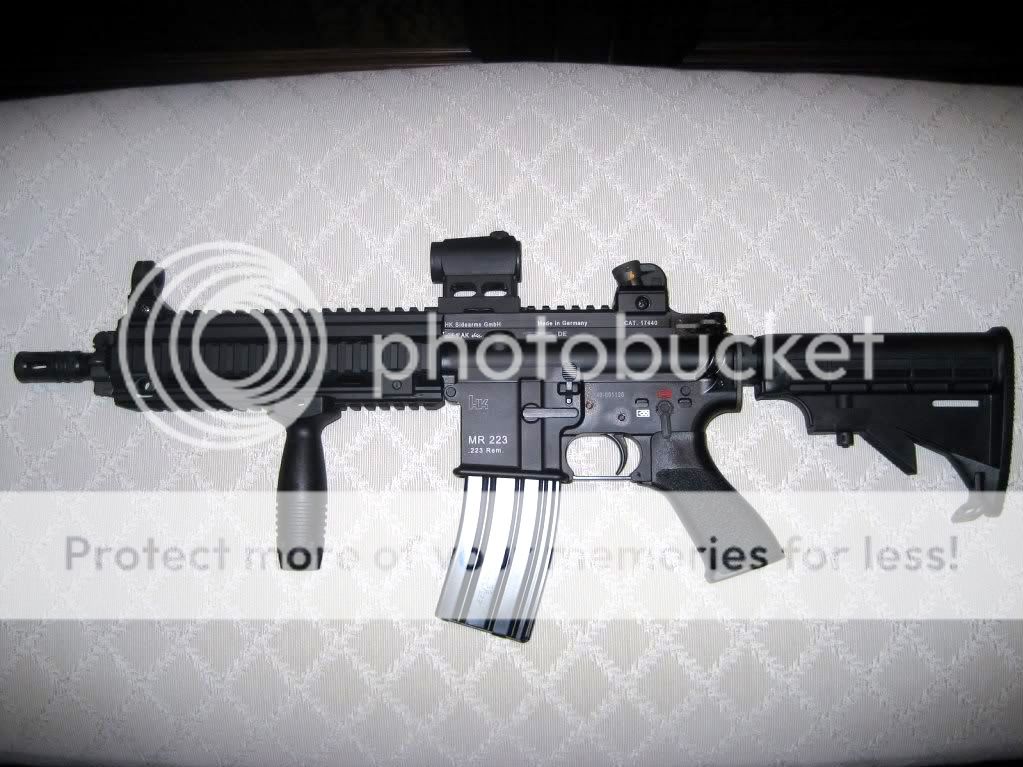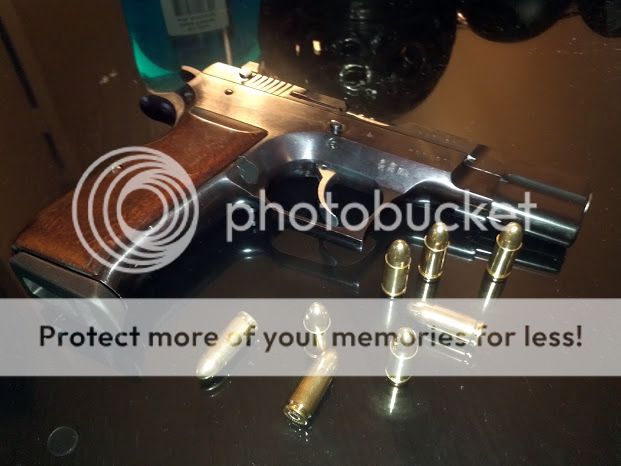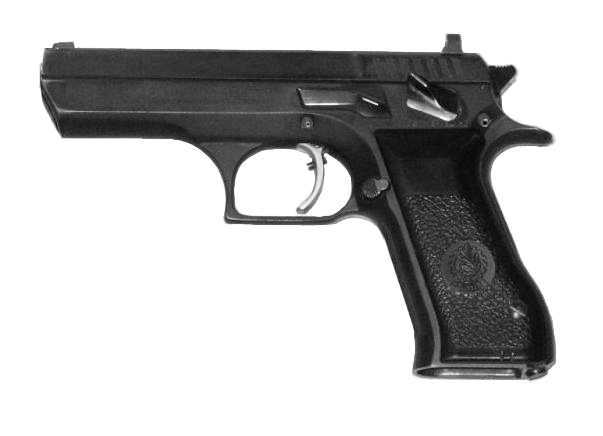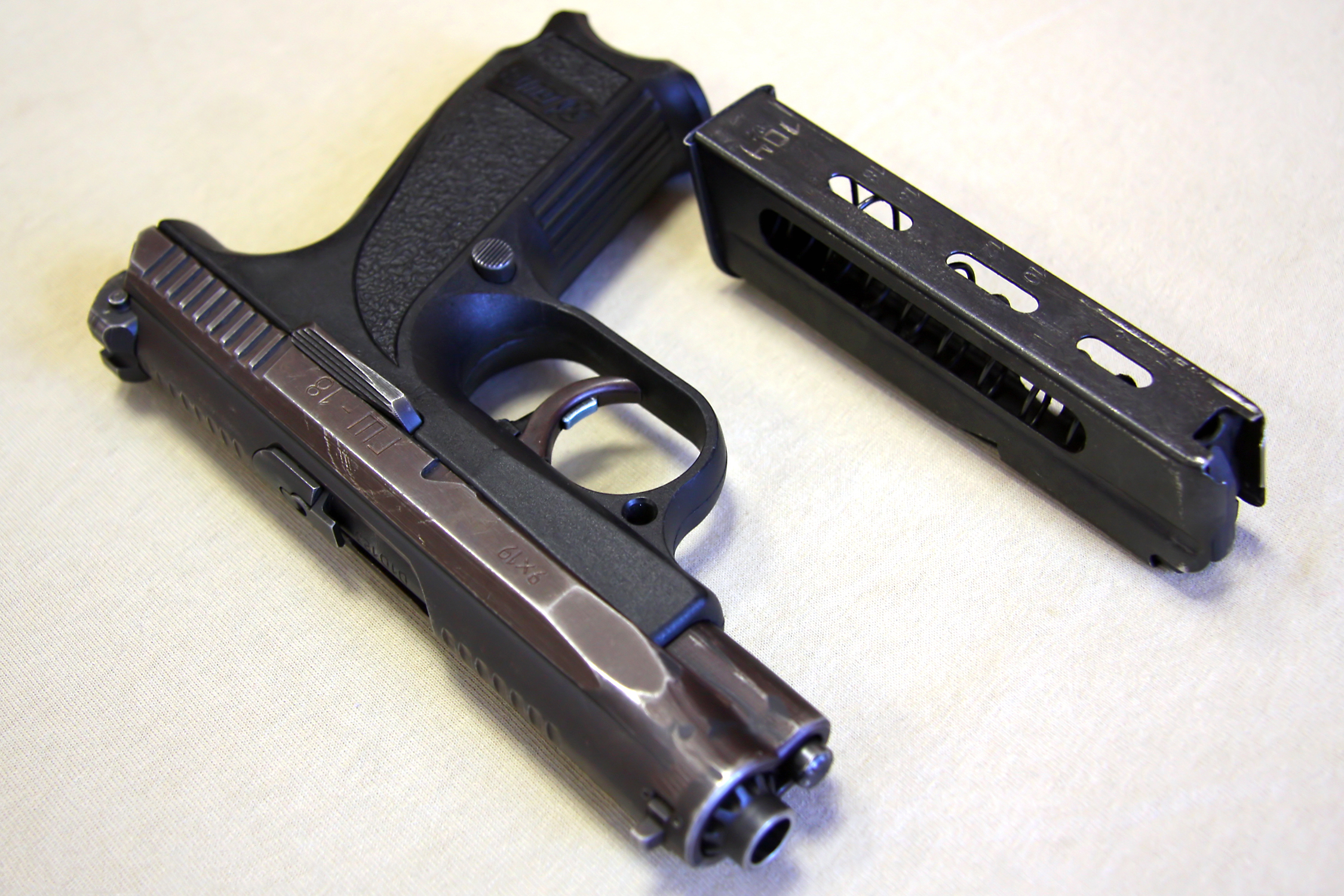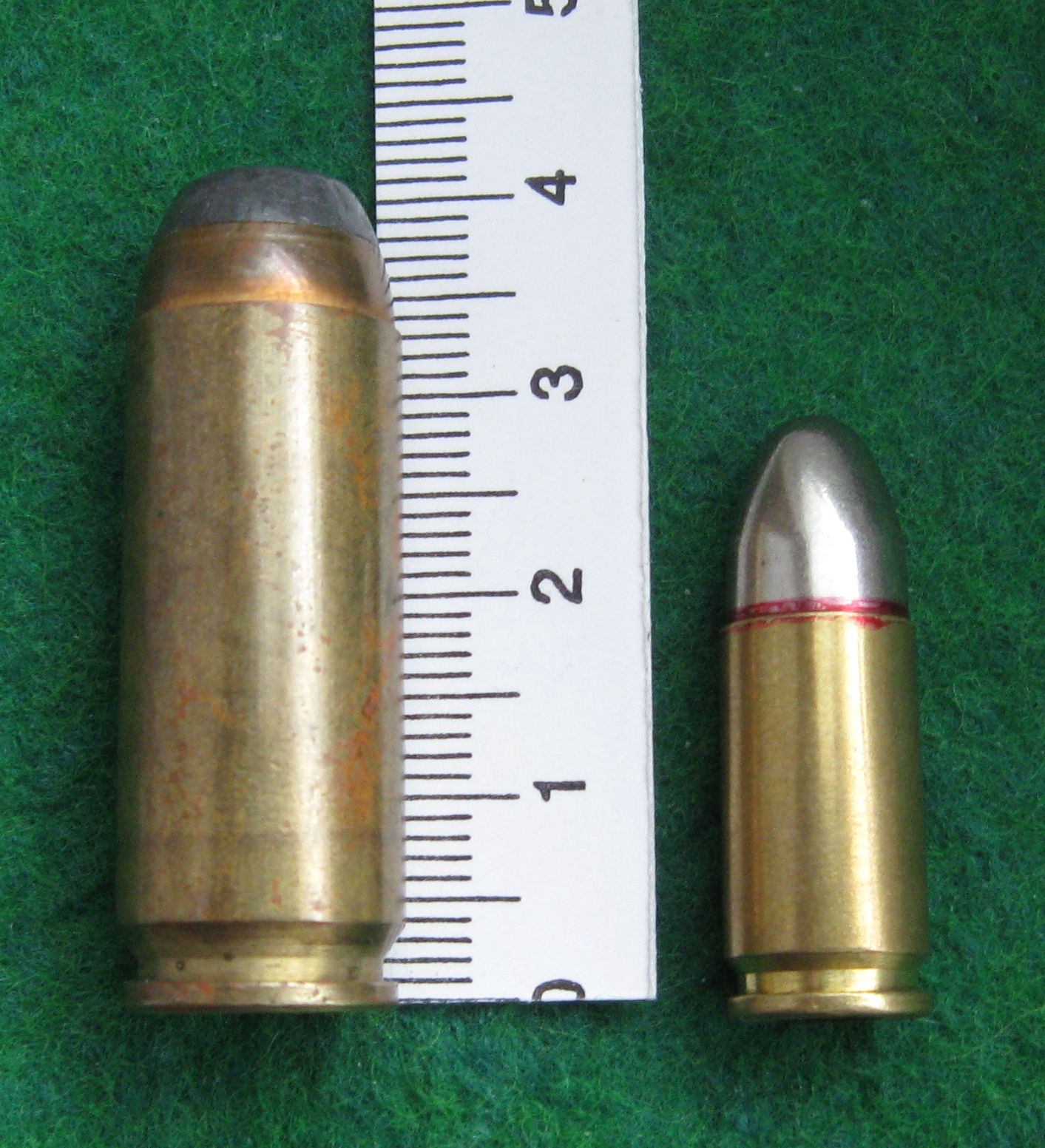Eastern Bloc Pistols
TT pistol/TT33
This 7.62 X 25 Tokarev, Semi auto handgun, is very similar to John Browning's blowback operated FN Model 1903 automatic pistol, and internally it uses Browning's short recoil dropping-barrel system from the M1911. In other areas the TT-33 differs more from Browning's designs - It employs a much simpler hammer/sear assembly than the M1911, with an external hammer. This assembly is removable from the weapon as a modular unit and includes cartridge guides that provide reliable functioning. The Soviet engineers also added several other features such as locking lugs all around the barrel (not just on top), and made several alterations to make the mechanism easier to produce and maintain, notably a captive recoil spring secured to the guide rod which does not depend on the barrel bushing to hold it under tension. Production even machined the magazine feed lips into the receiver to prevent damage and misfeeds when a distorted magazine was loaded into the magazine well.


Makarov pistol/ PM ( Pistolet Makarova)
Semi auto, firing the 9x18mm Makarov, resulted from a design competition for replacing the Tokarev TT-33 semi-automatic pistol and the Nagant M1895 revolver.[2] Rather than building a pistol to an existing cartridge in the Soviet inventory, Nikolai Makarov utilized the 9x18mm Makarov cartridge designed by B.V. Semin in 1946. For simplicity and economy, the Makarov pistol was of straight blowback operation, with the 9x18mm Makarov cartridge being the most powerful cartridge it could safely fire. Although the nominal calibre was 9.0mm, the actual bullet was 9.22mm in diameter, being shorter and wider and thus incompatible with pistols chambered for 9x19mm Parabellum cartridges. Consequently, Soviet ammunition was unusable in NATO firearms and, in the event of war, NATO forces would be unable to use ammunition from Soviet sources.
Steckin Pistol auto
The Stechkin pistol was originally chambered for 7.62×25mm Tokarev. Stechkin changed the pistol to the 9 mm caliber used in the new Makarov pistol (PM), as it became clear that this cartridge was set to become the new service ammunition for handguns of the Soviet Army. In 1951, both the Makarov and Stechkin were introduced into the Soviet military arsenal, replacing the aging Tokarev TT-33. They have little in common except for the simple unlocked blow-back mechanism.
In contrast to the Makarov, the Stechkin APS has an automatic fire mode, which is selected using the safety lever. In burst or automatic fire, the pistol should be fitted with the wooden or metal shoulder stock; otherwise, the weapon becomes difficult to control.
CZ52
The CZ 52 utilizes a fairly uncommon short recoil operating system in which two vertical rollers are used to lock the barrel and slide together, via a cam block. This is similar to the system used in the German MG 42 machine gun, which itself hearkens back to a Polish patent of the 1930s. This arrangement results in an unusually strong lockup which, conventional wisdom holds, allowed the Czechs to load ammunition for it to higher pressure levels (and therefore, higher velocity and energy) than compatible ammunition manufactured in other Warsaw Pact countries. This oft recited "fact" is, however, debatable. The bottom of the CZ 52 chamber measures 0.058", whereas the supposedly weaker TT33 Tokarev pistol measures 0.125" at the bottom of the chamber.
MP-443 Grach/Yarygin Pistol
MP-443 Grach (Russian: Грач, "Rook"), is the latest Russian standard military-issue side arm. It was developed in response to Russian military trials, which began in 1993. In 2003, it was adopted as a standard sidearm for all branches of Russian military and law enforcement, alongside GSh-18 and SPS.
Viking variant
GSh-18
The pistol's name is derived from its designers—Gryazev and Shipunov, and the number 18 denotes the magazine capacity. It is also designed to fire the new Russian 9x19mm 7N21 and 7N31 (Cyrillic: 7Н21 and 7Н31) +P+ armor-piercing rounds.





